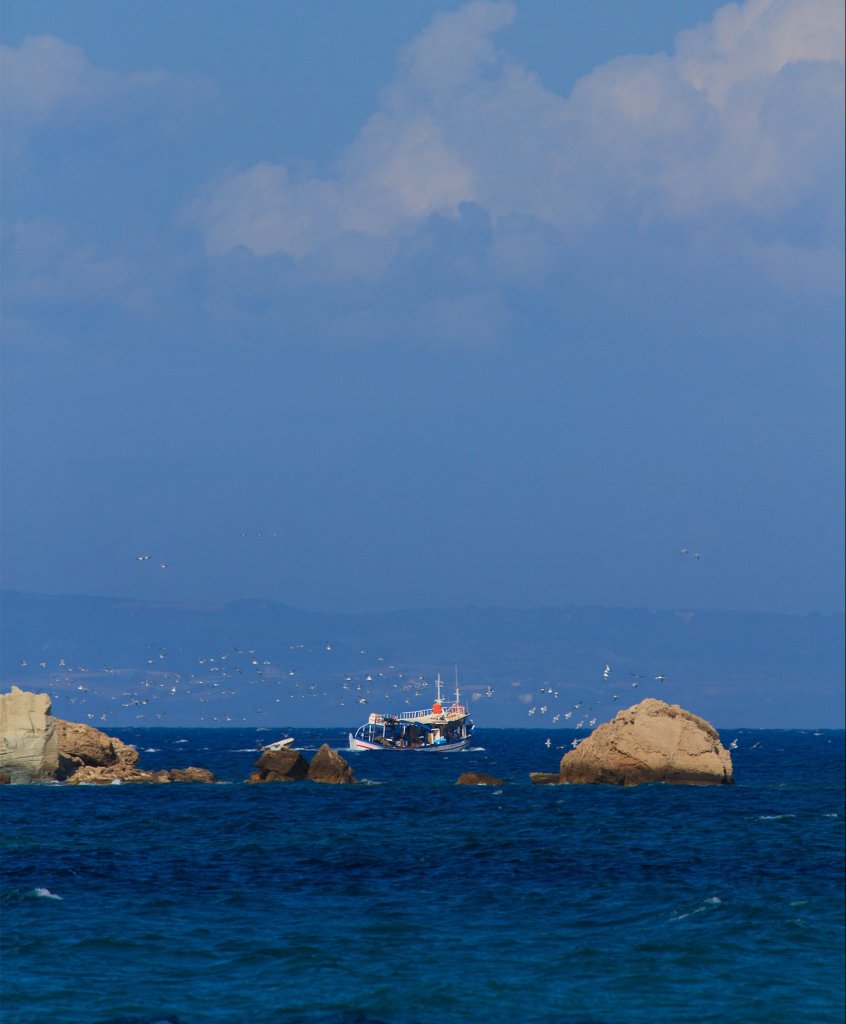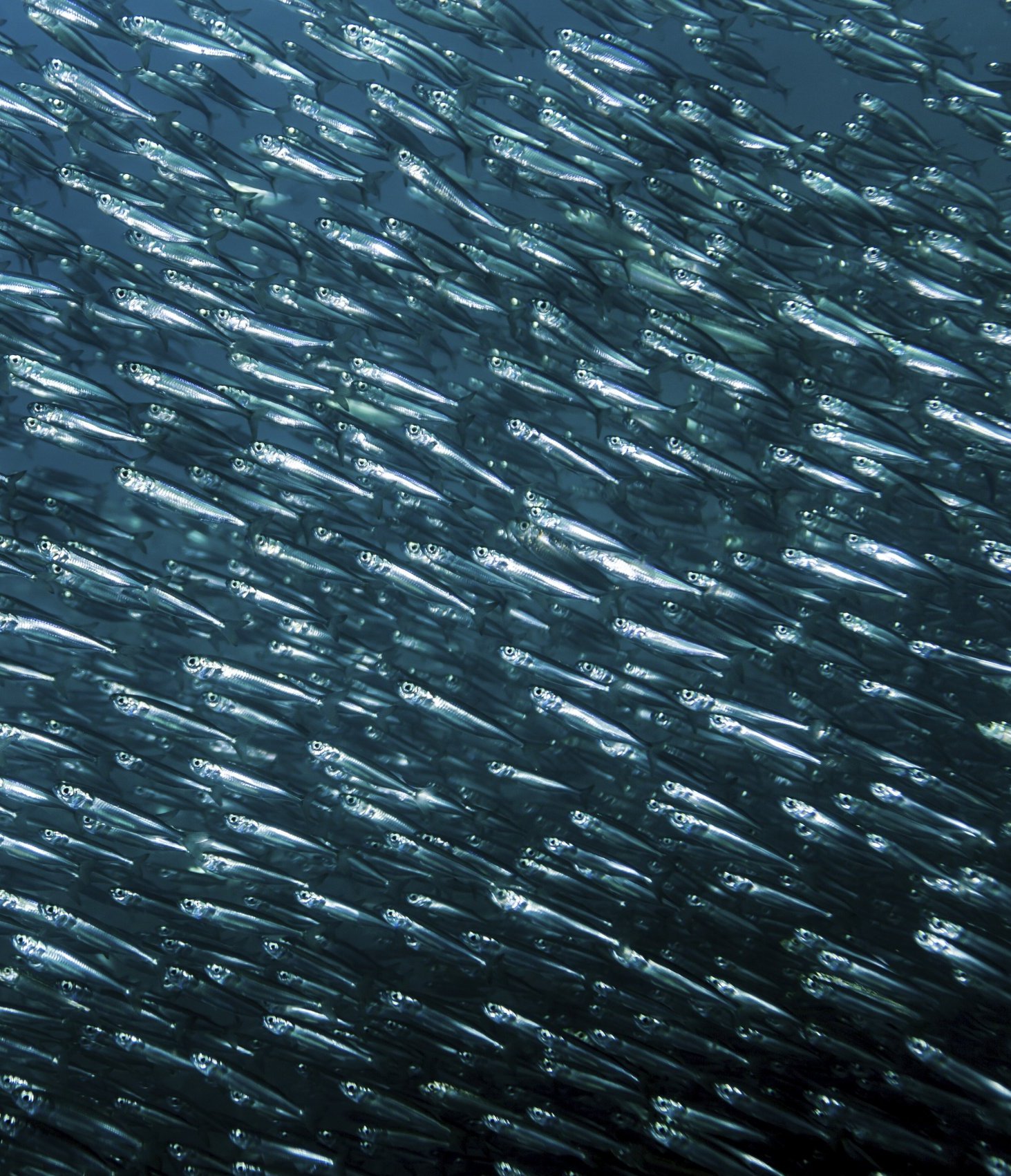The SEAwise Evaluation of Fisheries Management Strategies in an Ecosystem Context theme seeks to establish a baseline for consistency between existing targets and limits in the Common Fisheries Policy (CFP) and the Marine Strategy Framework Directive (MSFD), by testing these against a variety of simulated scenarios.
This research builds on earlier SEAwise findings, integrating improved management evaluation models with information on ecological impacts of fisheries on the ecosystem. Effective integration of climate, social, and ecological data has facilitated the evaluation and alignment of Case Study specific management strategies with the CFP and MSFD objectives, as well as global objectives such as carbon emission reduction. By linking ecosystem-scale impact assessment of maritime activities with the welfare of the fished stocks these ecosystems support, SEAwise is facilitating equitable and sustainable Ecosystem Based Fisheries Management (EBFM) in the European Atlantic and Mediterranean.
To identify the main trade-offs between the objectives from the CFP and MSFD as well as global indicators like the carbon footprint for each Case Study region, a wide variety of models were applied to cases across the Northeast Atlantic and Mediterranean. The models tested management strategies with different interpretations of the Maximum Sustainable Yield (MSY) principle, and included climate change scenarios as well as ecosystem-based information on e.g., bycatch of vulnerable species, impacts on benthic habitats and food webs. The impact of marine spatial planning was included in some case studies to evaluate potential impacts of currently implemented and planned spatial management options.
Model predictions are uncertain and can be biased due to structural uncertainties, assumptions behind modelling approaches and data availability. The results revealed large uncertainty in many cases, and the results should therefore be interpreted in the context of the models used and assumptions made.
In the Eastern Ionian Sea technical interactions among fleets operating in the demersal mixed fisheries were very strong and MSY could not be achieved for all stocks simultaneously. Indicators relating to good environmental status (GES) and global indicators such as carbon footprint benefited from the low fishing effort in the strict MSY scenario but provided the lowest landings, lower gross value added and employment compared to a status-quo scenario.
In the Adriatic and Western Ionian Sea, only the strict MSY scenario combined with closed areas came near a potential GES threshold for benthic habitats. This scenario also predicted that climate change effects could be buffered under MSY. However, strong reductions in effort were needed to achieve MSY and, as a result, had negative consequences for social benefits like employment. A Pretty Good Yield (PGY) scenario combined with closed areas represents a trade-off leading to similar results as MSY, including a reduction of carbon emissions, in the medium- and long-term. A reduction in the biomass of most functional groups was observed in model predictions under increasing temperature scenarios.
In the Bay of Biscay, conservation objectives were most likely to be achieved under a strict MSY scenario. Restrictive management scenarios led to improved Gross Value Added (GVA) and fish stock biomass. Indicating a trade-off, all tested scenarios predicted lower wages, lower landings and reduced food security. A case-specific scenario aiming for more stability in fishing effort provided higher landings and socio-economic benefits, and led to only minor differences in GES and global indicators.


Strict MSY management in the Celtic Sea led to a clear improvement in many MSFD and global indicators, and a more sustainable exploitation of cod and whiting. These benefits, however, came at the cost of lower landings and employment compared to the status-quo scenario. Under a fleet-based model, there was a potential positive effect of climate change on landings. In contrast, the two ecosystem models applied predicted that climate change would lead to declining primary production under rising temperatures which would also result in declines at higher trophic levels. These results highlight the structural uncertainties in predicting climate change impacts.
Strict MSY management of the North Sea fisheries led to a clear improvement in many GES and global indicators. Management based on PGY balanced landings and economic losses, but this came at a cost of higher carbon emissions, a bit more bycatch of harbour porpoise, less large fish, and slightly higher benthic impact compared to a strict MSY implementation. Sustainable management of stocks was still possible under climate change, but ultimately led to reduced catches due to predicted productivity declines of e.g., cod and saithe.
In the Western Baltic, climate change was predicted to have a severe impact on cod and herring stocks, challenging sustainable management and making it difficult to achieve EBFM-related goals. Catch opportunities for cod stay below 5.000 tons (historically >40.000 tons), even under optimal management. Western Baltic herring shows some potential for stock recovery and commercial exploitation, but only following an initial stock rebuilding moratorium. The sustainable exploitation of stocks while also maintaining positive effects on social and economic indicators will be a serious challenge under predicted climate change impacts.
Additional research will further develop this work in two ways. First, Multi Criteria Decision Analysis (MCDA) will be implemented which allows for ranking of preferred scenarios based on stakeholder preferences and opinions, and allows for comparisons across case studies. Secondly, case specific management plans will be defined with the potential to resolve identified trade-offs between inconsistent targets and limits found in this and previous SEAwise research.
Read the full report here.
Stay up to date with SEAwise news and research, hear about upcoming events, and receive updates on fisheries news from across the European seascape.